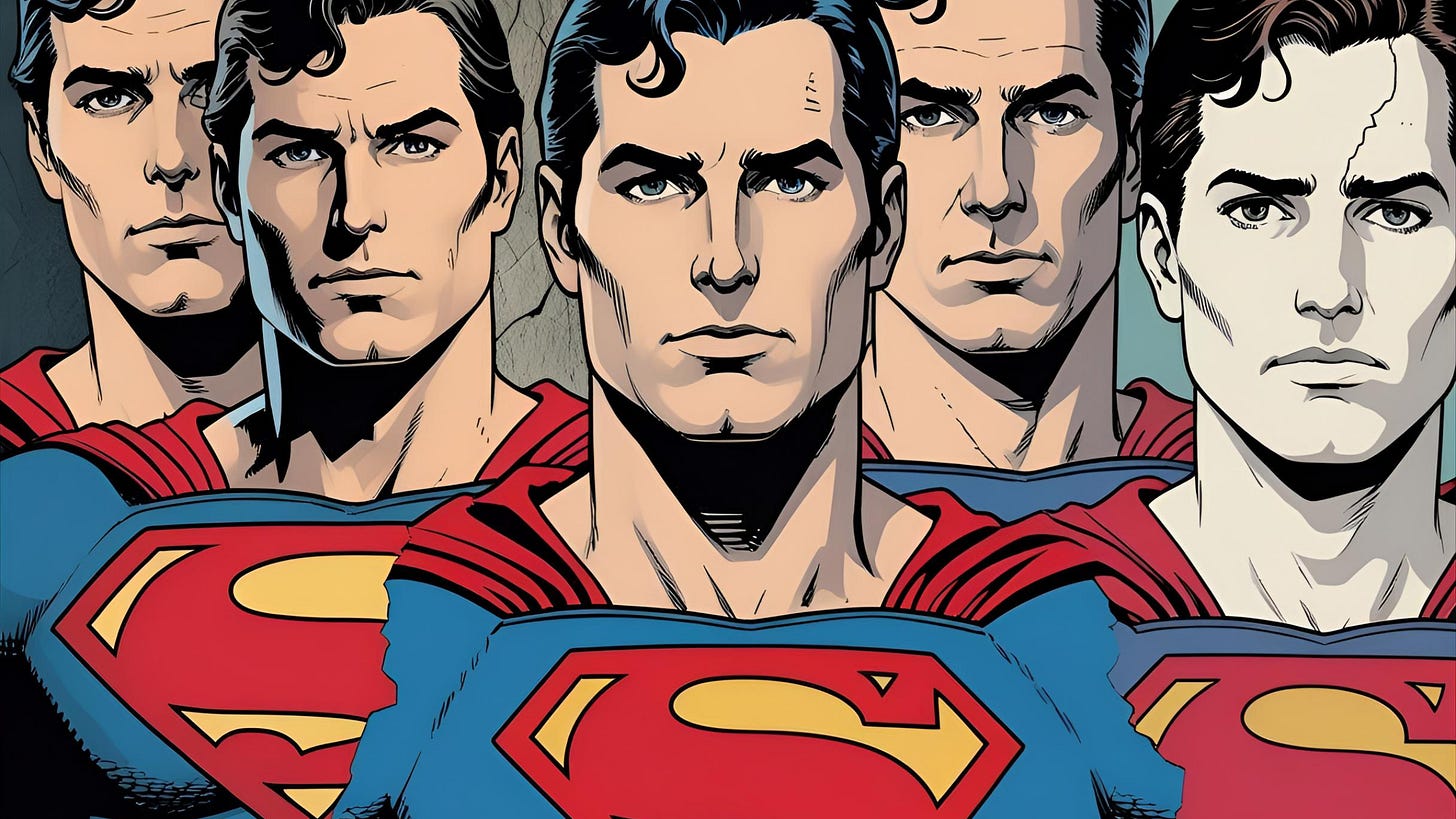Truth, Justice, and the Reboot of White Supremacy
There’s a new Superman movie out. Again.
Listen, I grew up around superheroes, like most people my age. But I’m exhausted. Exhausted by the same tight-jawed, blue-eyed fantasy of virtue that gets reanimated every few years like America’s favorite ghost. Superman: the Doctor Who no one asked to regenerate. It’s not just boring, it’s oppressive. Every new …
Keep reading with a 7-day free trial
Subscribe to Say it With Your Chest to keep reading this post and get 7 days of free access to the full post archives.



